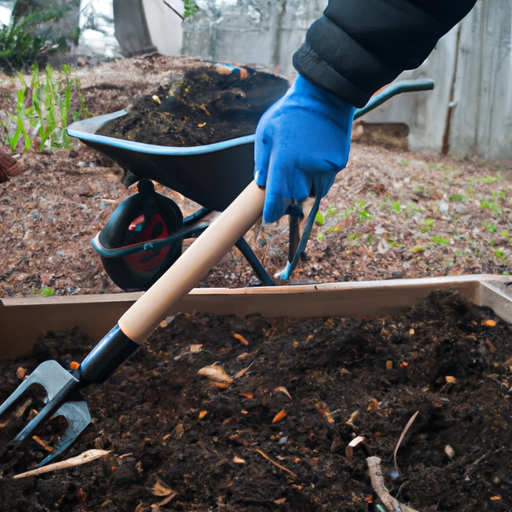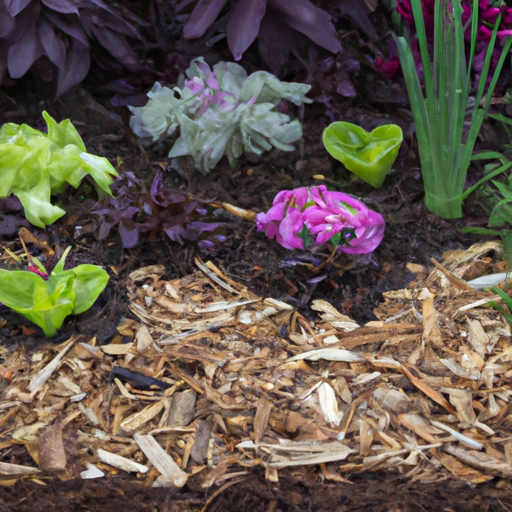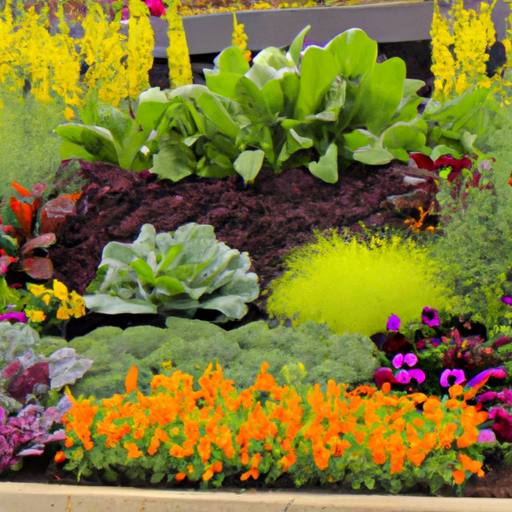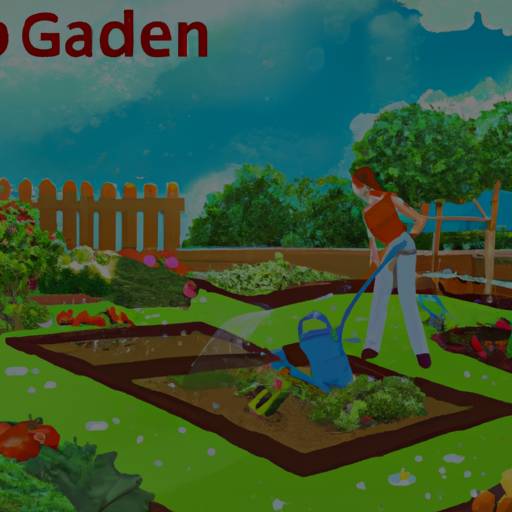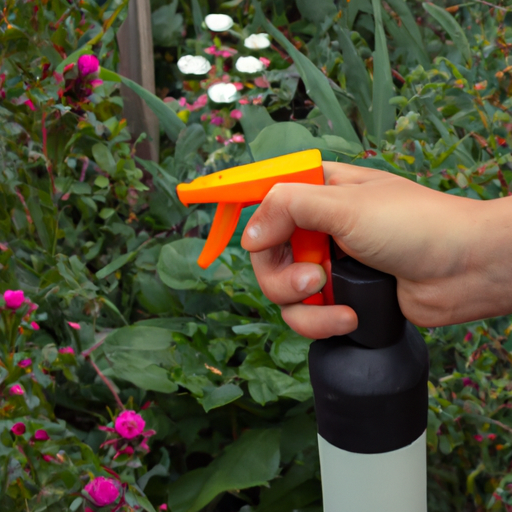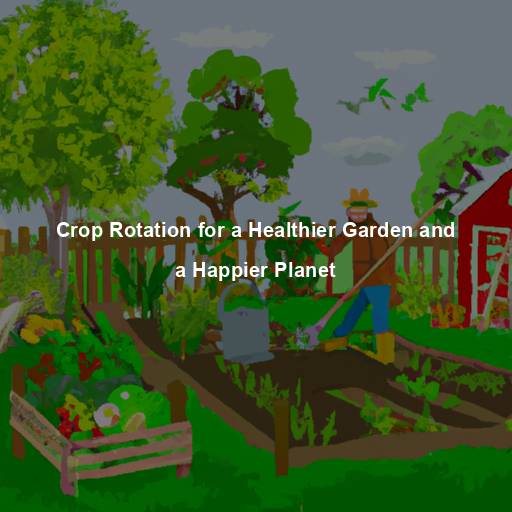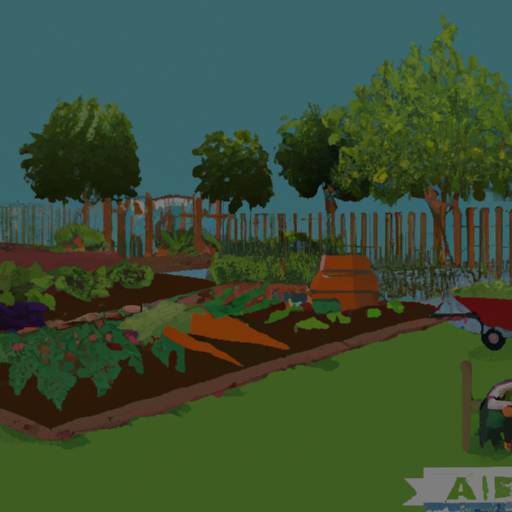Are you ready to take your gardening game to the next level? One of the most crucial steps in creating a thriving garden is properly preparing your soil.
In this step-by-step guide, we will go over how to prepare organic garden soil that will provide optimal nutrition for your plants and help them flourish.
As Master Gardeners, we understand the importance of starting with healthy soil. By using organic methods and materials, we can create a sustainable ecosystem in our gardens while also reducing our impact on the environment.
Whether you are new to gardening or a seasoned pro, following these simple steps will ensure that your plants have everything they need to thrive and produce an abundant harvest.
So grab your shovel and let’s get started!
Understanding Your Soil’s Composition
As a Master Gardener, it is important to understand the soil texture and nutrient deficiencies of your garden. Coincidentally, these two factors are directly related to the health and productivity of your plants.
Soil texture refers to the physical composition of your soil, including its particle size distribution, while nutrient deficiencies can impact plant growth and development by limiting their access to essential minerals like nitrogen, phosphorus, or potassium.
By assessing your soil’s composition thoroughly, you will be able to identify any potential problems before they become severe issues that could harm your crops. Remember that soil preparation is an ongoing process that requires patience and attention to detail; there are no shortcuts when it comes to creating healthy organic garden soils!
Testing Your Soil Quality
Now that you have prepared your garden bed with organic matter, it is important to test the quality of your soil before planting. Testing the pH level and nutrient content of your soil will help you identify any deficiencies or imbalances that could affect plant growth.
Here are three simple steps to follow for testing your soil:
1. Get a soil testing kit from your local gardening store or online.
2. Collect samples of soil from different areas of your garden bed, making sure to mix them together in a clean container.
3. Follow the instructions on the testing kit to measure the pH level and nutrient content of your soil.
By identifying any specific nutrient deficiencies or pH imbalances in your soil, you can adjust accordingly by adding amendments such as lime or sulfur to alter the pH level, or adding organic fertilizers rich in nitrogen, phosphorus, and potassium depending on what is lacking.
Remember that healthy plants start with healthy soil – take the time to properly test and amend your garden bed before planting to set yourself up for success in growing organic fruits and vegetables!
Adding Organic Matter And Nutrients
As a Master Gardener, I highly recommend adding organic matter and nutrients to your garden soil. This can be achieved through various composting techniques such as vermiculture or traditional composting methods. Composting not only adds valuable nutrients to the soil but also helps retain moisture and improve drainage. Another option for natural fertilizer is using cover crops like clover or vetch which fix nitrogen in the soil. In addition, there are many commercially available organic fertilizers on the market that can provide essential nutrients to your plants without harmful chemicals. Take care when selecting these products by reading labels carefully and choosing those with balanced macro-nutrients suitable for your specific needs. For example, bone meal provides phosphorus while blood meal releases nitrogen slowly over time. Overall, incorporating organic matter and nutrients into your garden soil will lead to healthy plant growth and bountiful harvests.
Aerating And Tilling Your Soil
Now that you have removed any weeds and rocks from your garden plot, it’s time to aerate and till the soil.
Aerating involves creating holes in the ground to allow air and water to penetrate deep into the soil, which is essential for root growth. You can use a garden fork or specialized tool called an aerator to do this job effectively.
Once you’ve finished aerating, it’s time to till the soil. Tilling breaks up compacted soil and mixes organic matter like compost evenly throughout it. This step helps ensure that plants receive proper nutrients during their growing season.
Speaking of organic matter, let’s talk about the importance of compost in soil preparation. Compost adds vital nutrients back into the earth after harvesting crops by providing important microorganisms needed for healthy plant growth. It also improves drainage and increases water retention within the soil while reducing erosion.
After tilling your soil, consider adding a layer of mulch over top before planting seeds or transplants. Mulching provides numerous benefits such as retaining moisture within the soil, suppressing weed growth, regulating temperature fluctuations in the ground surface, and preventing erosion caused by rainwater runoff.
Incorporating these two practices – composting and mulching – with traditional gardening methods will help promote healthier gardens with higher yields while improving overall sustainability efforts on our planet without resorting to chemical fertilizers or pesticides.
Maintaining Your Organic Garden Soil
Did you know that maintaining healthy organic garden soil can increase crop yields by up to 25%? That’s right, taking care of your soil is essential for a successful harvest.
One way to maintain healthy soil is through composting benefits. Composting not only reduces waste but also adds nutrients back into the soil. Simply collect kitchen scraps and yard waste in a bin, add some water and let nature do the rest.
Another important technique is crop rotation, which helps prevent nutrient depletion and pest buildup. Rotate crops with different nutrient needs every season to keep the soil balanced.
By incorporating these techniques, you’ll ensure that your garden thrives year after year without relying on harmful chemicals or pesticides.
Frequently Asked Questions
How Do I Know If My Soil Is Too Acidic Or Alkaline?
To determine if your soil is too acidic or alkaline, you will need to conduct a soil test.
Soil testing can be done using DIY kits available at gardening stores or by sending samples to a professional lab for analysis.
Once you have determined the pH level of your soil, you can then use various pH adjustment techniques to modify it as needed.
For example, adding lime can raise the pH level of acidic soil while sulfur can lower the pH level of alkaline soil.
It is important to note that adjusting the pH level should be done gradually over time and monitored regularly to avoid any negative effects on plant growth.
As a Master Gardener, I highly recommend conducting regular soil tests and making necessary adjustments to maintain optimal growing conditions for your plants.
Can I Use Compost Made From Non-Organic Materials?
When it comes to composting, there are certainly alternatives to using organic materials. However, while these may be cheaper or more readily available, they often lack the necessary nutrients and balance that make for a healthy garden soil.
It’s important to prioritize nutrient levels in your garden soil above all else, as this will ultimately determine the success of your plants.
So while you could use non-organic materials for composting, I would highly recommend sticking with tried and true methods for optimal results.
Can I Add Too Much Organic Matter To My Soil?
Adding too much organic matter to your soil can actually be detrimental to the health of your plants. It’s important to maintain a balanced ratio of organic matter in your soil, as too much can cause nitrogen depletion and an imbalance in other essential nutrients.
To ensure optimal growth for your plants, it’s crucial to maintain a healthy soil nutrient balance by testing your soil regularly and adjusting the amount of organic matter you add accordingly.
As a Master Gardener, I recommend starting with a small amount of organic matter and gradually increasing it until you find the perfect balance for your specific garden needs.
Can I Use Chemical Fertilizers In Addition To Organic Matter?
Chemical fertilizers are often used in addition to organic matter, but it’s important to consider their environmental impact.
According to a study by the Environmental Working Group, synthetic nitrogen fertilizer runoff can cause harmful algae blooms and dead zones in bodies of water.
Additionally, while chemical fertilizers may initially increase crop yield, they can ultimately degrade soil quality over time.
As a Master Gardener, I recommend using natural fertilizers like compost or manure as much as possible to improve soil health and reduce negative impacts on the environment.
If you do choose to use chemical fertilizers, be sure to follow instructions carefully and avoid over-application.
How Often Should I Aerate And Till My Soil?
To achieve optimal soil health in your organic garden, it’s important to understand the benefits of aeration and tilling. Aeration helps break up compacted soil and allows air to reach plant roots, while tilling mixes in organic matter and improves drainage.
The optimal frequency for these tasks depends on factors such as soil type, climate, and the types of plants you’re growing. Generally, it’s recommended to aerate once or twice a year and till only when necessary.
Over-tilling can actually harm beneficial microorganisms in the soil. So be sure to strike a balance between promoting healthy growth and disrupting your soil too much.
Conclusion
In conclusion, preparing organic garden soil takes time and effort but the benefits are undeniable. As a Master Gardener, I have seen firsthand how healthy soil leads to bountiful harvests and vibrant plants.
One metaphor that comes to mind is that of building a strong foundation for a house. Just as a solid foundation is necessary for a sturdy home, healthy soil forms the groundwork for successful gardening.
The anecdote of my own experience with poor quality soil serves as an example. When I first started gardening, my plants struggled to grow because the soil lacked nutrients and was too compacted. But after several seasons of amending the soil with organic matter and proper tilling techniques, my garden flourished.
Remember to test your soil’s pH levels, use only organic compost, avoid overloading on organic matter, limit chemical fertilizers, and aerate/till regularly. By following these steps, you’ll be well on your way to creating thriving gardens year after year!
